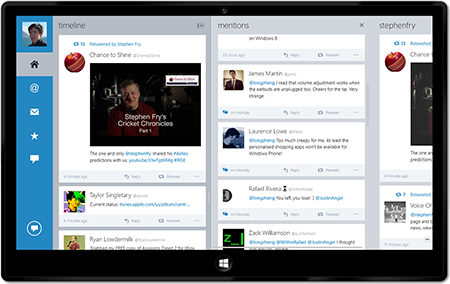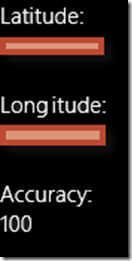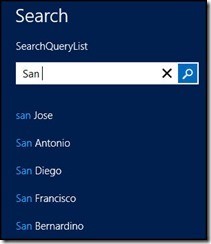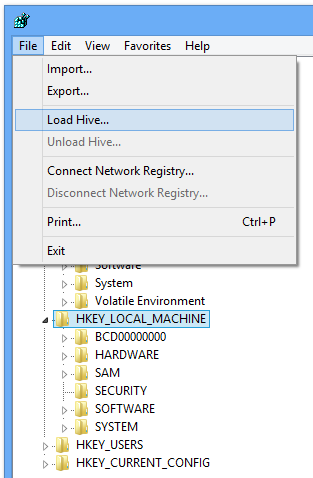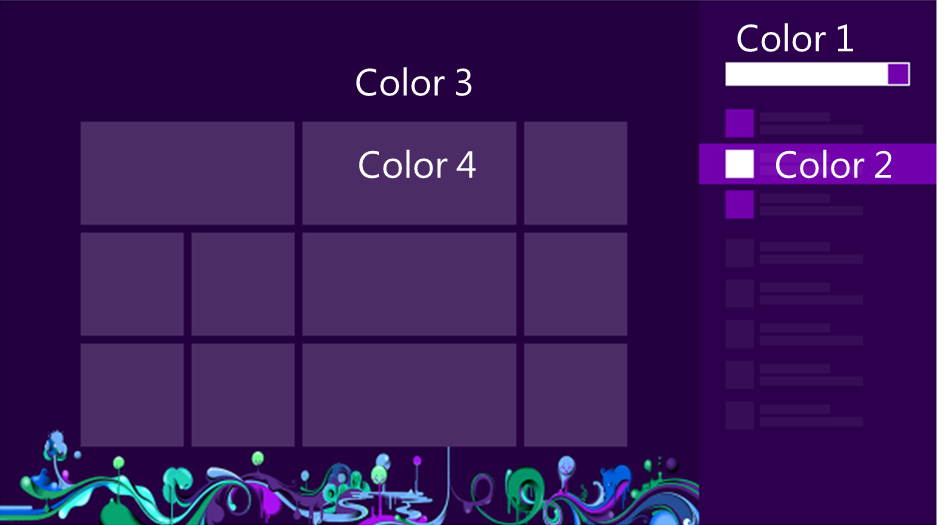- WebView is not a general-purpose browser
- WebView always renders on top of XAML
- WebView doesn’t do Flash. Or Silverlight. Or PDF. Or any other ActiveX control or plugin.
- How to invoke Javascript inside the displayed webpage of a Webview
- How to receive information from the WebView
- How to inject javascript into a WebView page
- How to clear the WebView cache
- How to embed a font into your app to be used by WebView
- Launching other apps from a link inside WebView
- How to get rid of those annoying JavaScript exceptions when debugging
Click here to know more




.jpg)
.png)




